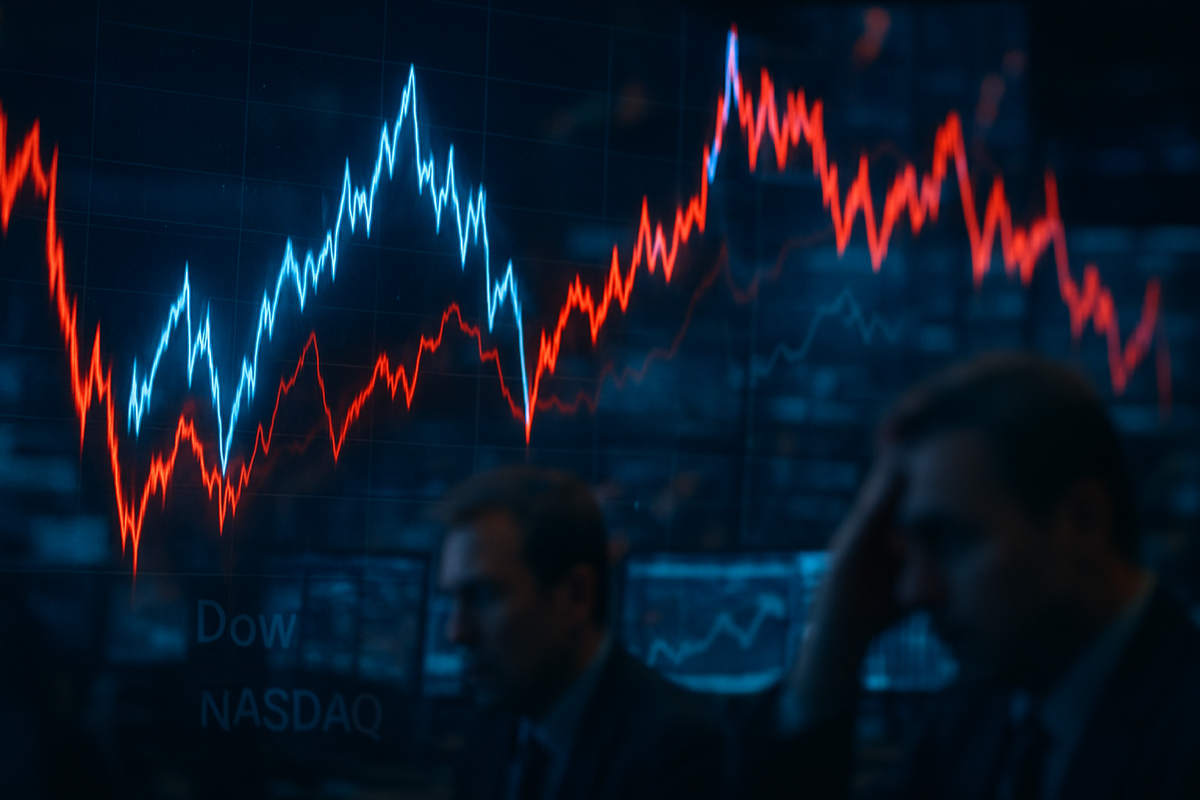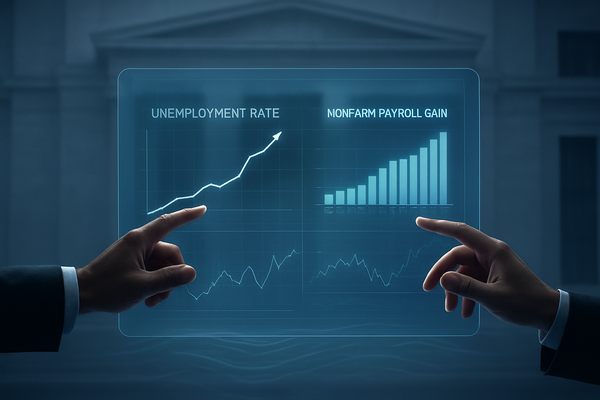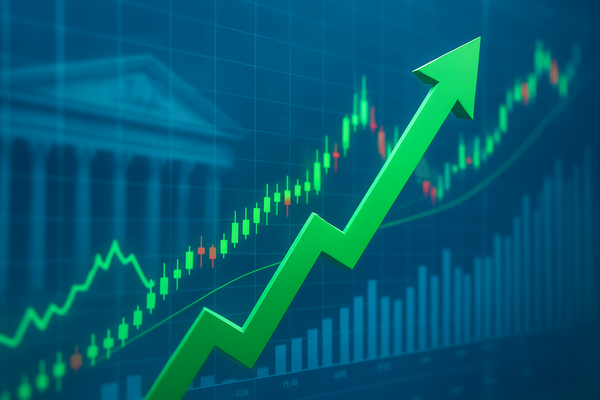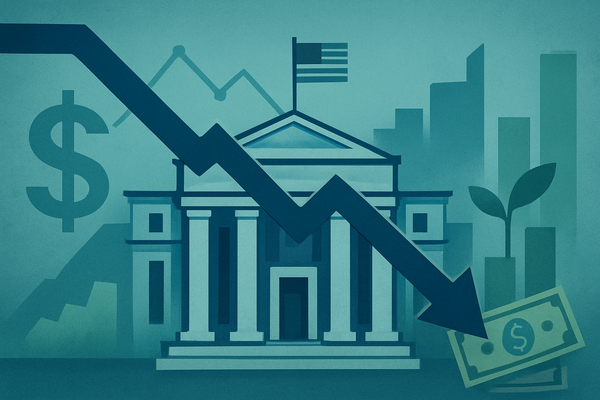US Markets Grapple with Extreme Volatility: "Whipsaw" Week Leaves Investors Reeling

The US stock market has just concluded a tumultuous week, characterized by extreme volatility and pronounced "whipsaw" movements across its major indices. From November 14th to November 21st, 2025, investors witnessed rapid and unpredictable swings in the Dow Jones Industrial Average (DJIA), the Nasdaq Composite (NASDAQ), and the S&P 500 (SPX), creating an environment of profound uncertainty. This intense turbulence reflects a deep-seated apprehension among market participants, driven by a confluence of economic, geopolitical, and sentiment-driven factors, leading to rapid shifts in market direction and leaving many grappling with significant portfolio adjustments.
The immediate implications of this "whipsaw" week are a palpable increase in market caution and a re-evaluation of risk appetites. Investors are struggling to discern clear trends amidst the daily reversals, prompting a flight to perceived safety for some, while others attempt to capitalize on the heightened fluctuations. This period of instability underscores the fragile nature of current market sentiment and the complex interplay of forces shaping the financial landscape.
A Week of Unpredictable Swings and Shifting Sentiments
The past week saw major US indices oscillate wildly, with significant intra-day and day-to-day reversals that defied consistent directional betting. For instance, a strong opening rally driven by optimistic economic data might be completely erased by midday following hawkish comments from a Federal Reserve official, only to see a partial recovery by market close. These "whipsaw" movements are a hallmark of markets where conviction is low and reactions to new information are amplified.
Several underlying factors converged to create this turbulent environment. Economic indicators played a crucial role; while some data points, such as a stronger-than-expected jobs report, initially sparked optimism about economic resilience, others, like persistent inflation figures (Consumer Price Index - CPI, Producer Price Index - PPI) or a dip in consumer confidence, fueled recession fears. This mixed bag of economic signals left investors without a clear narrative, leading to knee-jerk reactions to each new release. Geopolitical tensions also contributed significantly; ongoing international conflicts and uncertainties surrounding upcoming elections in key global economies added layers of unpredictability. Furthermore, the Federal Reserve's (FED) stance on interest rates remained a dominant theme. Despite some market participants hoping for a pivot towards rate cuts, the Fed's communication often hinted at a "higher for longer" approach to combat inflation, leading to sudden sell-offs as investors repriced future earnings and growth prospects. Investor sentiment, characterized by a mix of fear and greed, amplified these movements, with algorithmic trading and social media trends often exacerbating the rapid reversals.
Key stakeholders, including institutional investors, hedge funds, and retail traders, found themselves navigating an exceptionally challenging landscape. Large institutional players often found their positions whipsawed, leading to increased hedging activities and a reduction in overall market exposure. Retail investors, particularly those leveraging speculative positions, faced magnified risks and potential significant losses. The initial market reaction to this turbulence has been a noticeable withdrawal of capital from riskier assets, with a rotation into more defensive sectors and fixed-income instruments, albeit with caution given the uncertainty surrounding future interest rate trajectories.
Companies Navigating the Volatility: Winners and Losers
In a market defined by such extreme volatility, certain companies and sectors are inherently better positioned to weather the storm, while others face significant headwinds. The "whipsaw" movements create a challenging environment for all, but the impact is far from uniform.
Companies with strong balance sheets, consistent cash flows, and established market positions in defensive sectors tend to fare better. These often include utilities (e.g., NextEra Energy (NYSE: NEE)), consumer staples (e.g., Procter & Gamble (NYSE: PG)), and certain healthcare providers (e.g., Johnson & Johnson (NYSE: JNJ)). Their products and services are typically in demand regardless of economic cycles, making their earnings more predictable and their stocks less susceptible to speculative selling. Furthermore, financial institutions that profit from market volatility, such as those with robust trading desks or offering specialized derivatives (e.g., Goldman Sachs (NYSE: GS)), might find opportunities in increased trading volumes, though they also face heightened risk management challenges.
Conversely, high-growth technology companies (e.g., Tesla (NASDAQ: TSLA), NVIDIA (NASDAQ: NVDA)) and highly leveraged businesses often suffer disproportionately during periods of high volatility and rising interest rate concerns. Growth stocks are particularly sensitive to future earnings expectations, which are discounted more heavily when interest rates are high or uncertain. Any hint of an economic slowdown or reduced consumer spending can trigger sharp corrections in these sectors. Similarly, companies carrying significant debt burdens face increased financing costs in a higher interest rate environment, eroding their profitability and making them less attractive to investors seeking stability. Small-cap companies, which often rely on easier access to capital and are more sensitive to domestic economic conditions, also tend to be more vulnerable during such turbulent times.
Wider Significance: A Reflection of Deeper Economic Crosscurrents
This past week's extreme market volatility is not an isolated event but rather a potent reflection of deeper economic and geopolitical crosscurrents shaping the global landscape. It fits squarely into a broader trend of increased market sensitivity to inflation data, central bank rhetoric, and geopolitical developments that have characterized much of the mid-2020s. The persistent battle against inflation, coupled with the lingering effects of supply chain disruptions and labor market tightness, continues to create an environment where economic growth remains tenuous, and policy decisions carry immense weight.
The ripple effects of such turbulence extend far beyond direct stock market participants. Competitors and partners across various industries feel the squeeze as investment plans are put on hold, consumer confidence wanes, and access to capital becomes more challenging. For instance, a volatile market can deter companies from pursuing Mergers & Acquisitions (M&A) activities or Initial Public Offerings (IPOs), thereby impacting investment banks and advisory firms. Regulatory bodies are also keenly observing these movements. Periods of extreme volatility often prompt calls for increased market oversight, potential circuit breaker adjustments, or enhanced transparency measures to protect investors and maintain market integrity. Historically, similar "whipsaw" markets, such as those seen during the dot-com bubble burst or the initial phases of the 2008 financial crisis, were often precursors to significant economic shifts or prolonged periods of uncertainty, highlighting the need for vigilance.
What Comes Next: Navigating the Path Forward
The path forward for the US stock market, following such a volatile week, remains fraught with both challenges and potential opportunities. In the short term, investors should anticipate continued choppiness as the market attempts to digest incoming economic data, central bank communications, and geopolitical developments. Further "whipsaw" movements are likely until a clearer narrative emerges regarding inflation, interest rates, and the trajectory of global growth. Companies may need to adapt strategically, prioritizing cost control, strengthening balance sheets, and focusing on core competencies to navigate persistent uncertainty.
Long-term possibilities include a potential re-rating of various asset classes as investors adjust to a "new normal" of higher interest rates and slower growth, should current trends persist. This could lead to a sustained preference for value stocks over growth, or a greater emphasis on dividend-paying companies. Market opportunities may emerge in sectors that demonstrate resilience or those that are undervalued due to indiscriminate selling. Conversely, challenges will persist for highly speculative ventures or companies reliant on aggressive growth assumptions. Potential scenarios range from a gradual stabilization and a return to more predictable trends if inflation cools and central banks signal a clear path, to a more prolonged period of sideways trading or even further corrections if economic headwinds intensify or new geopolitical crises emerge.
Comprehensive Wrap-up: Vigilance in a Volatile Era
The past week's "whipsaw" movements in the US stock market serve as a stark reminder of the complex and often unpredictable forces at play in today's financial landscape. Key takeaways include the heightened sensitivity of markets to economic data, the profound influence of central bank policy, and the amplifying effect of investor sentiment. This period of extreme volatility underscores that the market is currently grappling with a fundamental re-evaluation of asset values in an environment of persistent inflation and uncertain growth prospects.
Moving forward, the market is likely to remain highly reactive to incoming information. Investors should prioritize vigilance, focusing on fundamental analysis, maintaining diversified portfolios, and exercising caution with speculative plays. The lasting impact of this volatile era could be a shift towards more conservative investment strategies and a greater appreciation for resilience and stability over aggressive growth. Investors should closely watch for clearer signals on inflation trends, any shifts in Federal Reserve policy, and the resolution or escalation of major geopolitical events in the coming months, as these will be crucial in determining the market's direction and overall stability.
This content is intended for informational purposes only and is not financial advice



